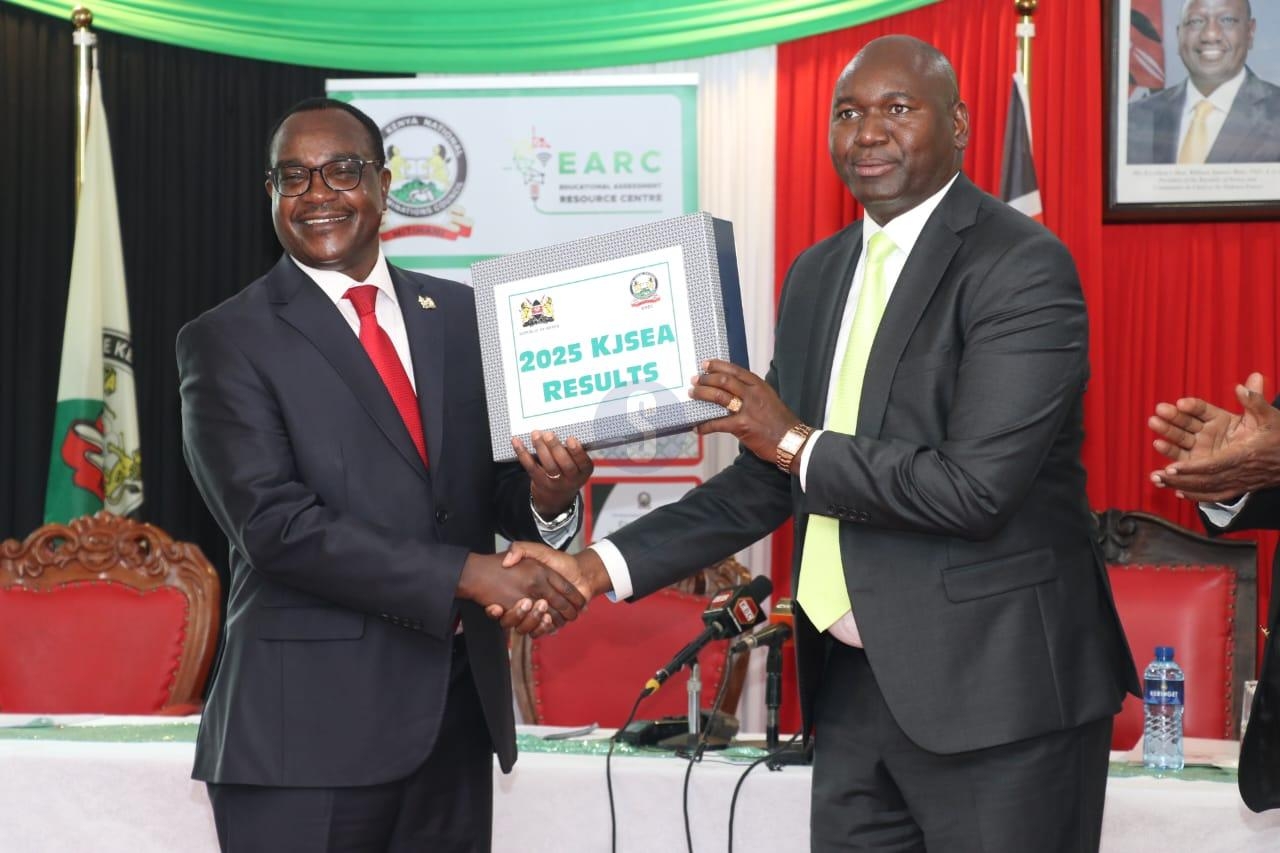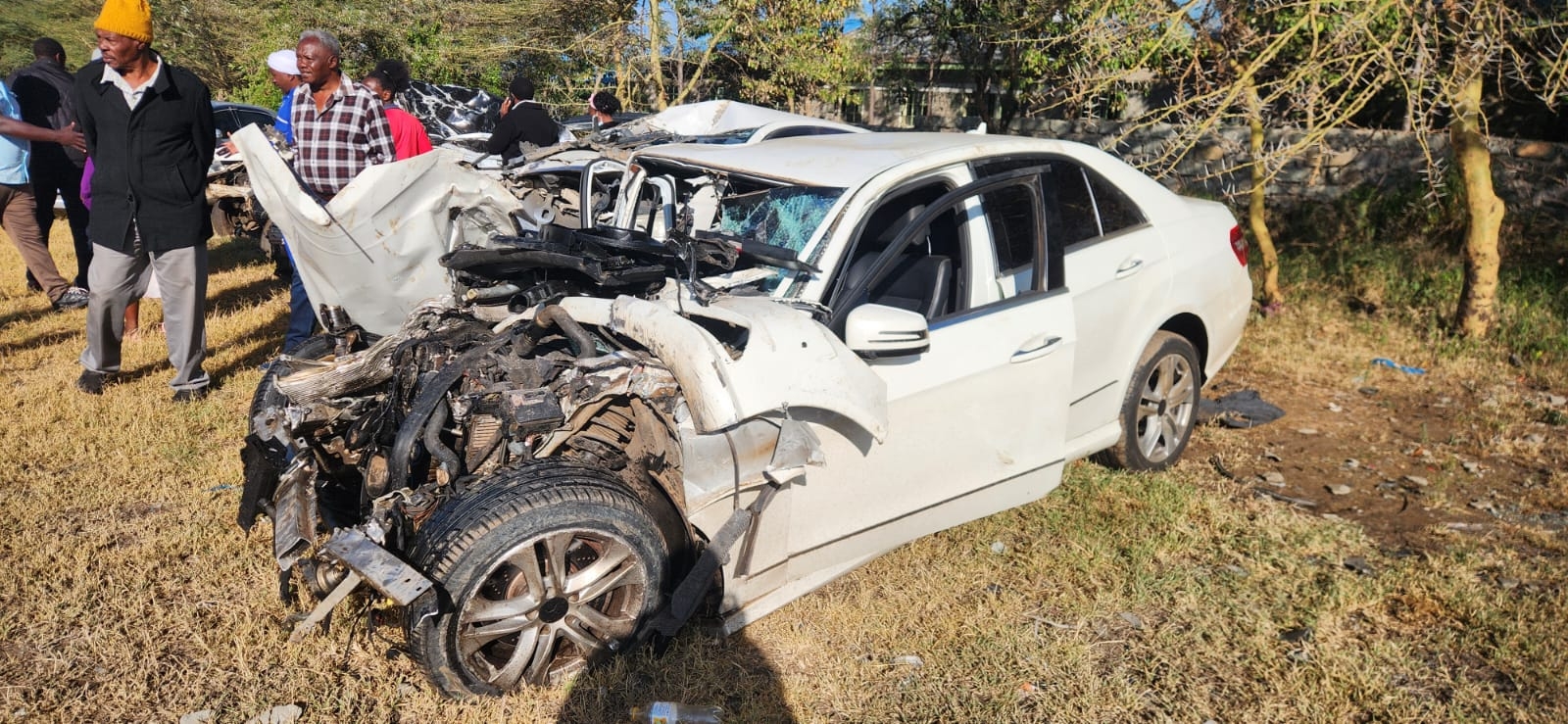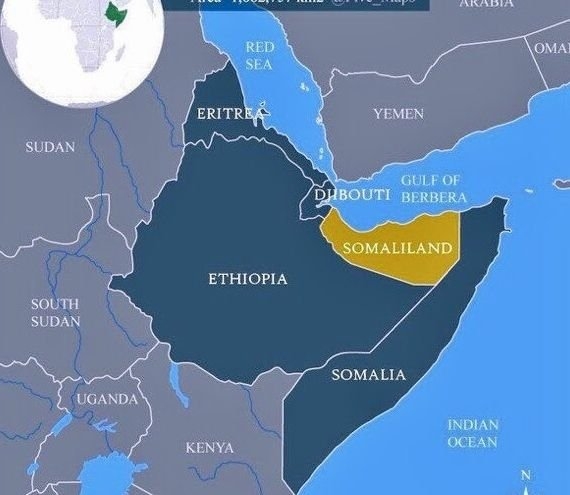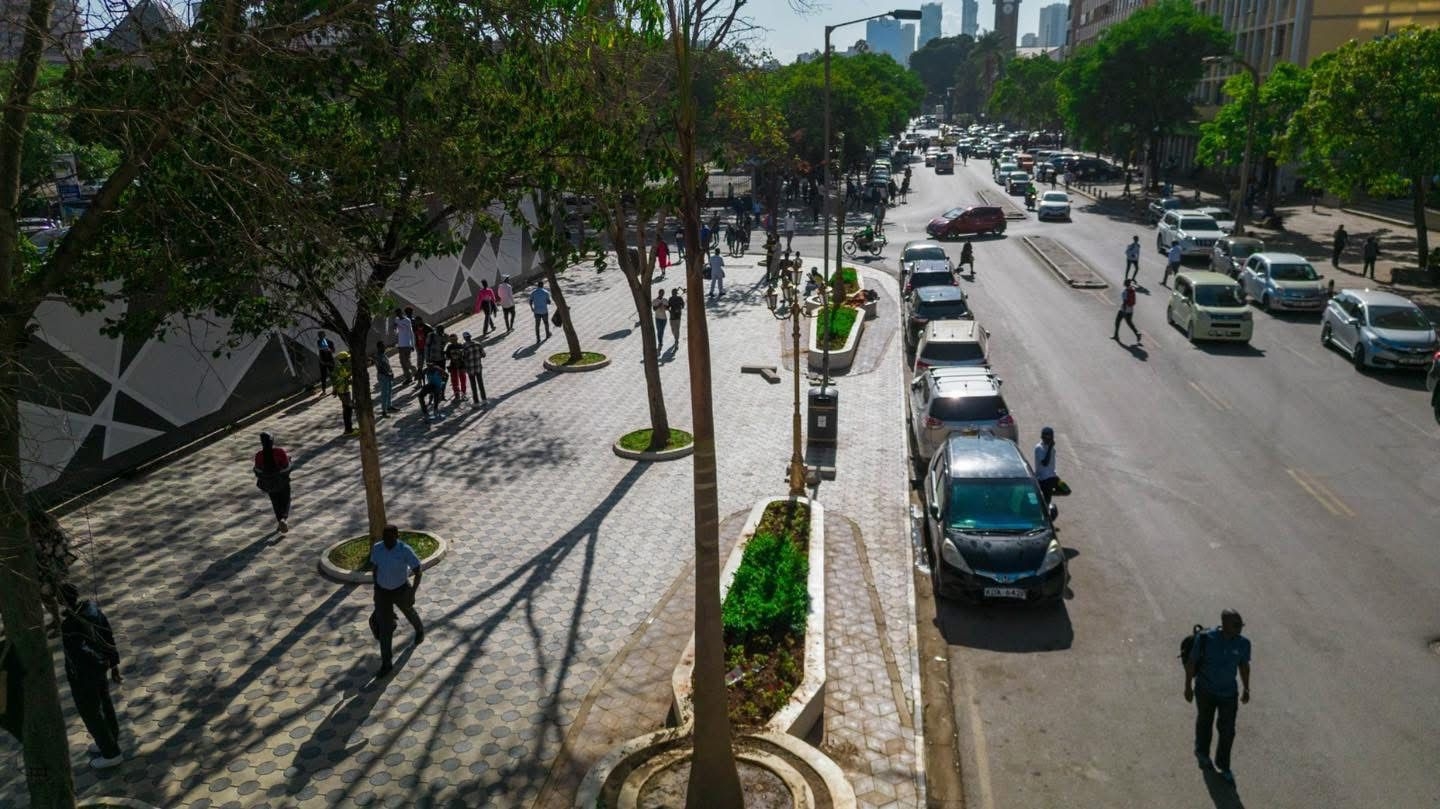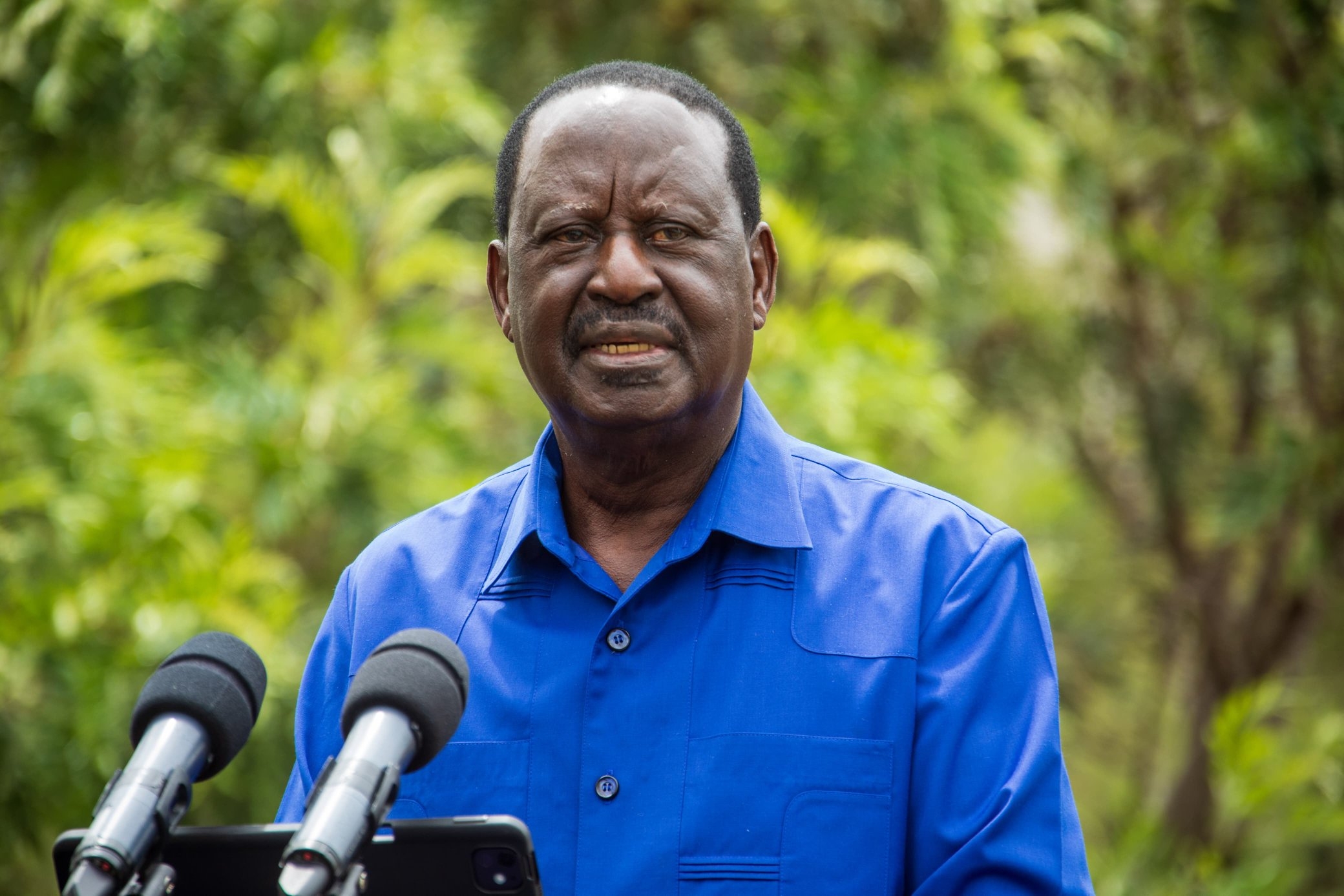

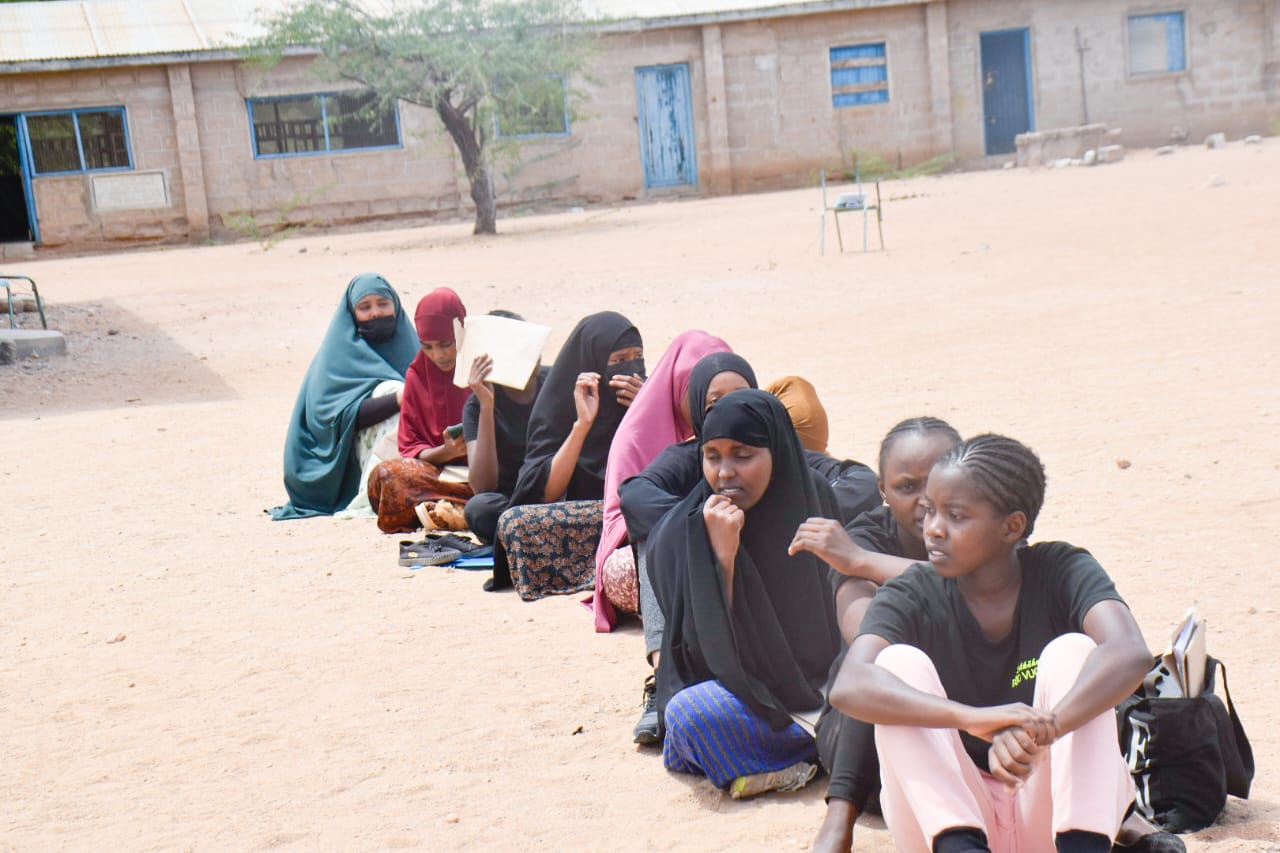 Some of the female recruits who were shortlisted for the exercise./STEPHEN ASTARIKO
Some of the female recruits who were shortlisted for the exercise./STEPHEN ASTARIKO Some of the male recruits who turned up for the exercise./STEPHEN ASTARIKO
Some of the male recruits who turned up for the exercise./STEPHEN ASTARIKO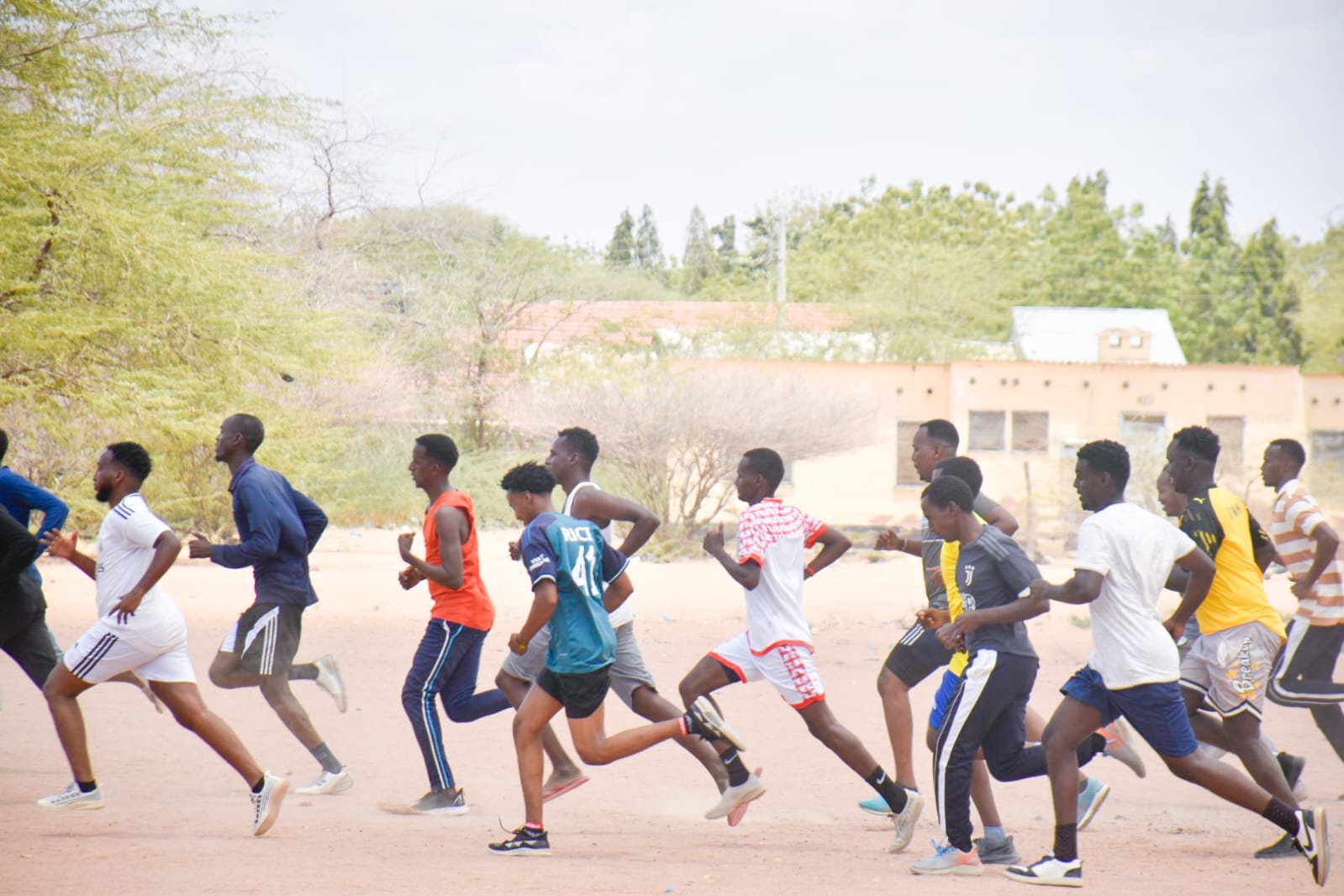 Some of the male recruits who turned up for the exercise
being taken through running./STEPHEN ASTARIKO
Some of the male recruits who turned up for the exercise
being taken through running./STEPHEN ASTARIKOA recruitment drive by the Kenya Defence Forces (KDF) in Garissa County was marred by disappointment after dozens of hopefuls were disqualified for drug and substance abuse.
The exercise, held on Tuesday at the Garissa Provincial Training Centre, attracted about 250 young men and women eager to join the military. However, mandatory medical and laboratory tests revealed traces of illegal drugs in many of the applicants’ blood samples, leading to their automatic disqualification.
Lieutenant Colonel Mohammed Maalim, who oversaw the recruitment, confirmed that the use of illegal substances was the main reason behind the rejections.
“The young men and women displayed great ambition and optimism in joining the KDF,” he told journalists. “But medical examinations have shown a worrying increase in the use of illegal drugs and substances among the youth.”
Despite the setback, Lieutenant Colonel Maalim expressed satisfaction with the recruitment process, saying qualified candidates were still selected based on merit.
“I want to reiterate that the exercise is conducted on a free and fair basis. The KDF maintains a zero-tolerance policy on corruption,” he said.
Drug and substance abuse among youth has become a growing challenge in Garissa, where unemployment remains high. Many young people turn to drugs, fuelling rising crime rates and social problems in the town.
Human rights activist Mohamed Hussein described the outcome of the recruitment as unfortunate but reflective of a wider crisis that needs urgent attention.
“This underscores the need for all stakeholders — parents, local leaders, government agencies, civil society organisations, and the youth themselves—to work together in creating awareness, promoting rehabilitation, and fostering a drug-free society,” he said. “We are losing a generation to drugs.”
A report released by the National Authority for the Campaign Against Alcohol and Drug Abuse (NACADA) in February painted a grim picture, revealing that seven out of every ten people are likely to be abusing drugs.
The report cited bhang and heroin as the most commonly used substances, with most of the supply entering Kenya from Ethiopia. Other drugs such as miraa, muguka, and several prescription medications—including diazepam, alprazolam, rohypnol, midazolam, and codeine-based syrups—were also highlighted as being widely misused.
In March, the Ministry of Health and NACADA held a three-day sensitisation campaign in Garissa to raise awareness about the dangers of drug abuse.
Last month, Health Cabinet Secretary Aden Duale called on Muslim leaders to join the fight against the vice. “We are part and parcel of society,” he said.
“We must take responsibility and get rid of drugs in our communities. The government cannot build a country when generations are being destroyed by drugs.”
Areas such as Heller Street, Garissa Ndogo, Bula Sheikh, Waberi, and Iftin have been identified as hotspots for drug trafficking and abuse in the county.
Authorities say the situation calls for stronger community engagement, better rehabilitation facilities, and sustained awareness campaigns if the region is to curb the rising tide of addiction among its youth.



